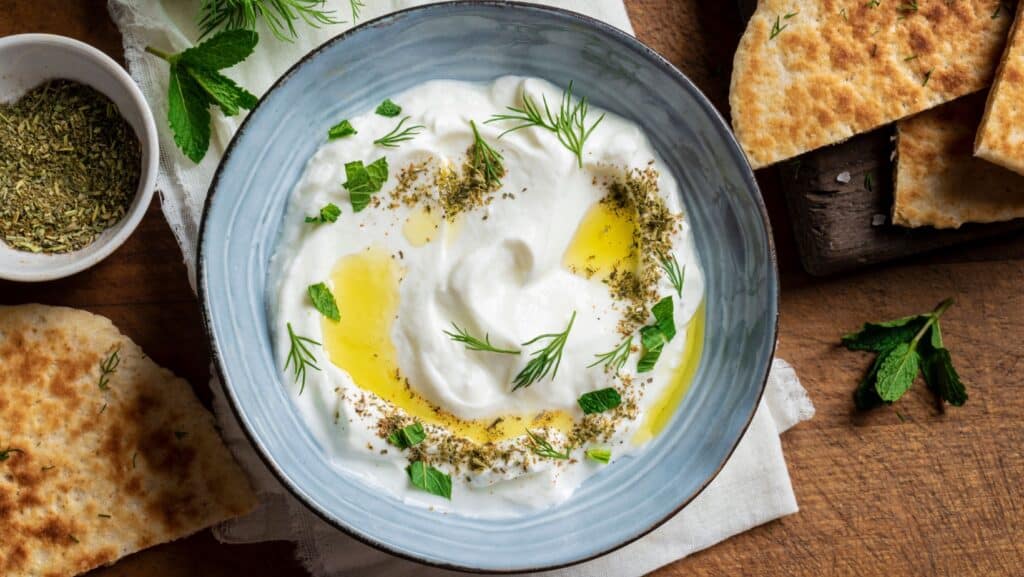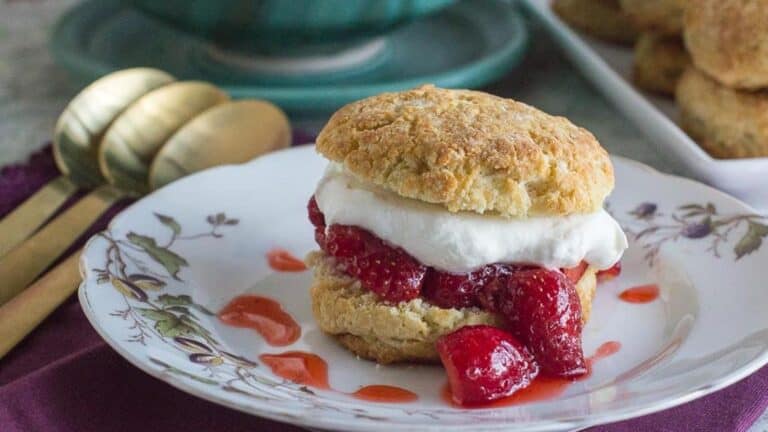How to Buy Truly Good Olive Oil: A Guide to Getting the Real Extra Virgin Deal
Olive oil is a cornerstone of many cuisines, renowned for its health benefits and rich flavors. However, not all olive oils are created equal. The market is flooded with options, many of which claim to be “extra virgin” but fall far short of the standard. If you’re looking to buy truly good olive oil and ensure you’re getting authentic extra virgin olive oil (EVOO), here’s what you need to know.
What Is Extra Virgin Olive Oil?

Extra virgin olive oil is the highest quality olive oil. It’s made by cold-pressing olives without using chemicals or heat, which preserves its natural flavors and healthful properties. For olive oil to qualify as extra virgin, it must meet strict standards:
- Acidity Level: EVOO must have a free fatty acid content of less than 0.8%.
- Chemical Composition: It must meet specific thresholds for peroxide levels and other chemical markers.
- Sensory Standards: EVOO must be free of defects and have positive attributes such as fruity, bitter, and peppery notes.
How to Recognize Good Olive Oil

Follow these 5 steps when shopping for quality olive oil:
1. Look for Certification

A reliable way to ensure you’re getting authentic EVOO is by looking for certification from recognized organizations. Common certifications include:
- PDO (Protected Designation of Origin): Indicates the oil is produced in a specific region with strict quality controls.
- PGI (Protected Geographical Indication): Denotes that the oil comes from a particular area and meets defined standards.
- COOC (California Olive Oil Council): Assures the oil is genuine EVOO, produced in California.
- NAOOA (North American Olive Oil Association): Verifies adherence to international standards.
These certifications are usually displayed on the label.
2. Check the Harvest Date

One of the most critical factors in olive oil quality is freshness. Unlike wine, olive oil does not improve with age. It begins to degrade as soon as it’s produced, losing its flavor and health benefits over time. Look for a harvest date on the bottle and aim to buy oil that’s no more than a year old. If the harvest date isn’t listed, it’s a red flag.
3. Understand Label Claims

Labels can be misleading, with terms like “pure,” “light,” or even “first cold press” often used to confuse consumers. Here’s what these terms actually mean:
- Pure or Light Olive Oil: These are blends of refined and virgin oils, lacking the flavor and nutritional value of EVOO.
- First Cold Press: While this term was once meaningful, it’s now redundant, as all EVOO should be cold-pressed by definition.
- 100% Italian: Unless it’s certified, this claim might not mean the olives were grown in Italy; they could be from various countries and bottled in Italy.
The only label that guarantees top-quality oil is “extra virgin” combined with certifications or detailed traceability.
4. Examine the Packaging

Good olive oil is highly sensitive to light, heat, and air, which can degrade its quality. When buying olive oil, opt for:
- Dark Glass Bottles or Tins: These protect the oil from harmful light exposure.
- Proper Seals: Bottles with tightly sealed caps help prevent oxidation.
- Smaller Sizes: If you don’t use olive oil frequently, buy smaller bottles to ensure it’s fresh when consumed.
Avoid clear bottles or plastic containers, as they compromise the oil’s integrity.
5. Know the Producer

Smaller, family-run farms or artisan producers often prioritize quality over quantity. Research the brand and its sourcing practices. Many reputable producers include information about their farms, production methods, and certifications on their websites.
How to Tell If It’s Really Extra Virgin Olive Oil

Even after choosing a bottle, you might still wonder if the olive oil is truly extra virgin. Here are 3 ways to test it:
1. The Fridge Test Myth

You may have heard that EVOO solidifies when refrigerated, but this is not a reliable test. Many factors, including the oil’s natural fatty acid composition, can affect its behavior in the fridge. Authentic EVOO might not solidify completely.
2. Smell and Taste It

Genuine EVOO has a distinctive aroma and flavor. It should:
- Smell Fresh and Fruity: Think green apples, freshly cut grass, or tomatoes.
- Taste Balanced: Expect a combination of fruitiness, bitterness, and peppery spiciness. A slight throat burn is a sign of high antioxidant content, not a defect.
If the oil tastes flat, greasy, or rancid, it’s likely not true EVOO.
3. Look for Defects

Defective oil can have a variety of off-flavors:
- Musty: A sign of poor storage.
- Winey: Indicates fermentation issues.
- Metallic: A result of improper processing.
Any of these flavors disqualify the oil as extra virgin.
Where to Buy Good Olive Oil

- Specialty Stores: Gourmet food stores or olive oil specialty shops often carry high-quality oils. Many offer tastings, allowing you to evaluate the oil’s flavor and aroma before purchasing.
- Farmer’s Markets: Local producers selling at farmer’s markets are often passionate about their craft and happy to share details about their production methods.
- Online Retailers: Look for trusted online retailers that source directly from producers. Reputable websites often include harvest dates, tasting notes, and certifications.
What to Avoid

- Super Cheap Oils: While you don’t need to spend a fortune, extremely cheap olive oil is unlikely to be authentic EVOO. Quality production involves significant labor and resources, which is reflected in the price.
- Overly Blended Oils: Some producers mix low-grade oils with small amounts of extra virgin oil to cut costs. This practice is common in large-scale commercial brands. Stick to single-origin oils when possible.
- Large Supermarket Brands: Many supermarket brands have been exposed for selling oils that don’t meet EVOO standards. If you do buy from a supermarket, choose smaller bottles with visible certifications.
Why Good Olive Oil Matters

- Health Benefits: EVOO is rich in monounsaturated fats and antioxidants like polyphenols, which reduce inflammation, lower cholesterol, and protect against heart disease.
- Culinary Experience: Good olive oil can elevate any dish, from salads to roasted vegetables and even desserts. Its vibrant flavor is unmatched by lower-quality oils.
- Supporting Ethical Practices: Buying authentic EVOO supports producers who use sustainable farming methods and uphold traditional practices, preserving the integrity of this ancient craft.
Some Good Ones To Try

Selecting a high-quality extra virgin olive oil (EVOO) can significantly enhance your culinary experiences. Experts and culinary professionals often recommend the following brands for their exceptional quality and flavor profiles:
- California Olive Ranch: Renowned for its balanced flavor and versatility, this EVOO is a staple in many kitchens. It’s praised for its smooth, herbaceous notes and is suitable for both cooking and finishing dishes.
- Frankies 457 Extra Virgin Organic Olive Oil is another great all-round, everyday oil. Buttery, yet peppery, this is a fine Sicilian choice.
- Graza Sizzle Extra Virgin Olive Oil: This Spanish oil popped up on several “best” lists. Fragrant and grassy.
- Cobram Estate: This Australian brand is celebrated for its fresh, grassy flavor with a hint of pepperiness. It’s ideal for dipping, dressings, and as a finishing oil.
- Brightland offers artisanal oils made from California olives, known for their robust and fruity profiles. Their ‘Alive’ and ‘Awake’ varieties cater to different culinary applications, from salads to hearty dishes.
- Branche No. 2 is a fantastic finishing oil. Use it for that final drizzle.
Conclusion

Finding truly good olive oil requires a bit of effort, but the rewards are well worth it. By understanding what to look for—certifications, harvest dates, proper packaging, and flavor characteristics—you can confidently choose olive oil that’s genuinely extra virgin. Whether drizzling it over a fresh salad or using it as a base for cooking, high-quality olive oil will transform your meals and support your health. So next time you’re in the market for EVOO, take the time to make an informed choice. Your taste buds—and your body—will thank you.
Plastic vs. Wood Cutting Boards: Which Is The Better Choice?

When it comes to food preparation, choosing the right cutting board is as crucial as selecting the right knife. Whether you’re slicing vegetables or carving meat, the cutting board you use can significantly impact your kitchen experience. The debate between plastic and wood cutting boards has been ongoing, with both materials offering unique advantages. But which one truly stands out? In this guide, we’ll dissect the differences between plastic and wood cutting boards, so you can make the best choice for your kitchen, ensuring safety, durability, and ease of use.
READ: Plastic vs. Wood Cutting Boards: Which Is The Better Choice?
Unlocking The Power Of Fermented Foods For Gut Health

More people are increasingly mindful of their health, with a growing interest in understanding the role of the gut microbiome in promoting overall well-being. The consumption of fermented foods has garnered considerable attention as a way to support a healthy gut ecosystem. The idea of “fermented” foods might seem odd at first, but most of us are familiar with traditional pickles, and yogurt, to name possibly the two most common fermented items in the supermarket, and perhaps your own refrigerator. There is a diverse array of fermented foods that have the potential to transform and enhance your gut health – and to bring flavor to your meals. We have what you need to know!
Join Us

Join us on this empowering journey as we explore, celebrate, and elevate “her story.” The Queen Zone is not just a platform; it’s a community where women from all walks of life can come together, share their experiences, and inspire one another. Welcome to a space where the female experience takes center stage. Sign up for our newsletter so you don’t miss a thing, Queen!







